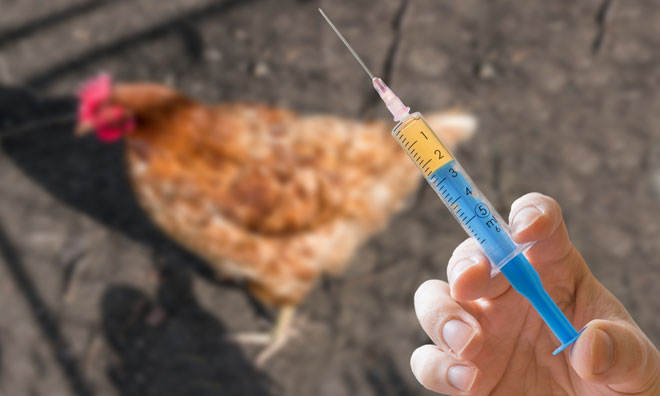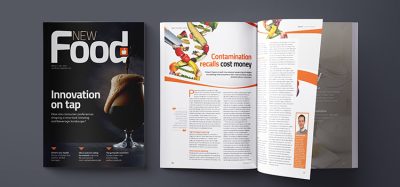RUMA adopts European Medicines Agency ‘highest priority’ antibiotics list
- Like
- Digg
- Del
- Tumblr
- VKontakte
- Buffer
- Love This
- Odnoklassniki
- Meneame
- Blogger
- Amazon
- Yahoo Mail
- Gmail
- AOL
- Newsvine
- HackerNews
- Evernote
- MySpace
- Mail.ru
- Viadeo
- Line
- Comments
- Yummly
- SMS
- Viber
- Telegram
- Subscribe
- Skype
- Facebook Messenger
- Kakao
- LiveJournal
- Yammer
- Edgar
- Fintel
- Mix
- Instapaper
- Copy Link
Posted: 19 May 2017 | New Food | No comments yet
The European Medicines Agency’s (EMA’s) list of highest priority ‘critically important antibiotics’ (CIAs) has been officially adopted by RUMA.


RUMA, the agricultural and food industry alliance which promotes responsible use of medicines in farm animals, have assumed this list, identified because of the degree of risk to human health should antimicrobial resistance develop after use in animals.
Slightly different lists of highest priority CIAs are published by the World Health Organisation, the US Food and Drug Agency and the EMA, generating keen debate within farming and the food chain about which should be observed. The decision for RUMA to adopt the EMA list was made after discussions with its members and with the Veterinary Medicines Directorate, which itself follows the EMA’s recommendations.
This decision means that under the One Health banner, the UK farming industry should be aiming to reduce use of fluoroquinolones, 3rd and 4th generation cephalosporins, and colistin, and only be using these antibiotics where no other product will be effective for the condition being treated.
These antibiotic groups will also therefore be one of the key elements of focus for RUMA’s ‘Targets Task Force’ which is due to report goals for reducing antibiotic use in each livestock sector in October this year.
John FitzGerald, Secretary General of RUMA, explains that different agencies produce their own priority lists as they assess different risks. “And the conclusion is that in the UK, the list of highest priority CIAs should reflect the recommendations of the EMA’s Antimicrobial Expert Group,” he explains.
“This group, comprising a wide range of specialist European organisations, has made its recommendations after examining the impact the use of antibiotics in animals has on public and animal health in the EU, and measures to manage the possible risk to humans. Most importantly, the EMA’s recommendations are reassessed as new science emerges.
“However, in some cases particular sectors may choose to add other classes of antibiotics where they feel additional monitoring is needed,” adds Mr FitzGerald.
Sales of antibiotics on the EMA’s highest priority CIA list make up a small proportion of the 56mg/PCU total antibiotic use in livestock and UK veterinary sales data show the industry is already acting with reductions in sales of both fluoroquinolones and third and fourth generation cephalosporins between 2014 and 2015.
While colistin sales were static between 2014 and 2015, this was at almost 1/10th of the EMA’s recommended level of use. RUMA understands that voluntary restrictions brought in at the end of 2015 following the development of resistance to colistin internationally mean that 2016 sales data, to be published at the end of the year, should show reductions in colistin use.
Related topics
Contaminants, Food Safety, Food Security, Health & Nutrition









